Visit Doubao website for full experience
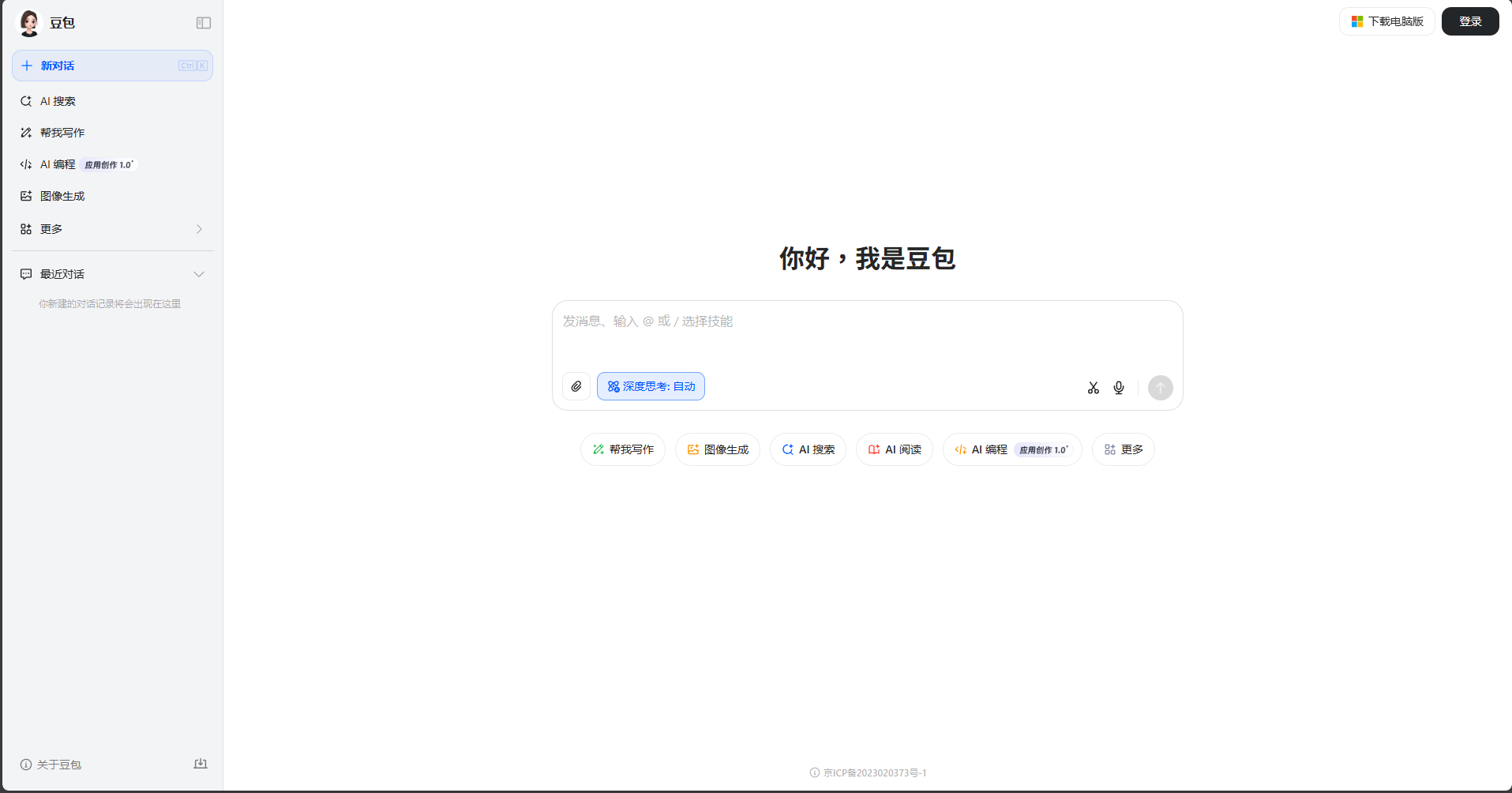
Remarks
Doubao, developed by ByteDance, represents a cutting-edge advancement in artificial intelligence designed to enhance user experience across various domains such as work, study, and daily life. By leveraging state-of-the-art natural language processing (NLP) technologies and machine learning algorithms, Doubao seeks to deliver a versatile and intuitive interactive platform that caters to a wide array of user needs.
- Intelligent Q&A and Knowledge Acquisition:
- Answers questions on a vast range of topics, including general knowledge, current events, history, technology, and more.
- Provides explanations, summaries, and background information.
- Text Creation and Processing:
- Content Creation: Generates articles, stories, scripts, poetry, emails, ad copy, and more.
- Text Optimization: Rewrites, expands, shortens, polishes, and checks grammar.
- Summarization: Quickly extracts key points from long articles, reports, or meeting notes.
- Programming Assistant:
- Supports code generation, explanation, debugging, commenting, and conversion for various programming languages (e.g., Python, Java, C++, JavaScript).
- Solves programming problems.
- Office Productivity Booster:
- File Parsing: Uploads and extracts key information from PDFs, Word, Excel, PPT, and TXT files; answers questions about file content, summarizes, or translates.
- Table Processing: Understands tabular data, generates analysis reports, and performs complex data handling.
- PPT Assistance: Helps generate outlines or content suggestions for presentations.
- Multimodal Support (Part of Models):
- Image Understanding (Vision): Recognizes and converses about content in uploaded images (e.g., describing images, understanding text within images, answering image-related questions).
- Image Generation (Not a core native feature currently): Can generate images through specific commands or plugins.
- Role-playing and Conversation:
- Offers immersive conversations with preset roles (e.g., interviewer, writing partner, study tutor, travel advisor).
- Supports user-defined role conversation settings.
- Plugin and Tool Integration:
- Supports web search for up-to-date information.
- Provides handy tools like a calculator, unit converter, and translator.
- Integrates specific plugins (e.g., for chart generation, enhanced document analysis).
- Voice Interaction (Supported in App):
- Allows voice input for questions and audio output for responses.
Limitations:
- Knowledge Timeliness:
- Free models have a training data cut-off date (public information suggests around July 2024; please verify via official sources). They cannot access events or information occurring after that date. Paid models (e.g., Doubao Pro) typically support web search for more up-to-date information.
- Factual Accuracy (“Hallucination”):
- LLMs can generate plausible-sounding but incorrect or fabricated information, especially regarding specialized knowledge or details. Users should critically evaluate crucial information and verify independently.
- Context Window Limit:
- There’s a limit to how much context the model can remember in a single conversation (e.g., 128K tokens). Exceeding this can degrade performance, which is important for long documents.
- Multimodal Model Boundaries:
- Image understanding is evolving; the model can misinterpret complex, blurry, or domain-specific images. Image generation is not a core native feature and may require specific model calls or plugins.
- Reasoning and Understanding Boundaries:
- The model is still developing in areas requiring deep logical reasoning, complex professional decision-making, and high emotional resonance.
- Data Security and Privacy:
- Users are advised to avoid uploading files containing highly sensitive or confidential information for parsing.
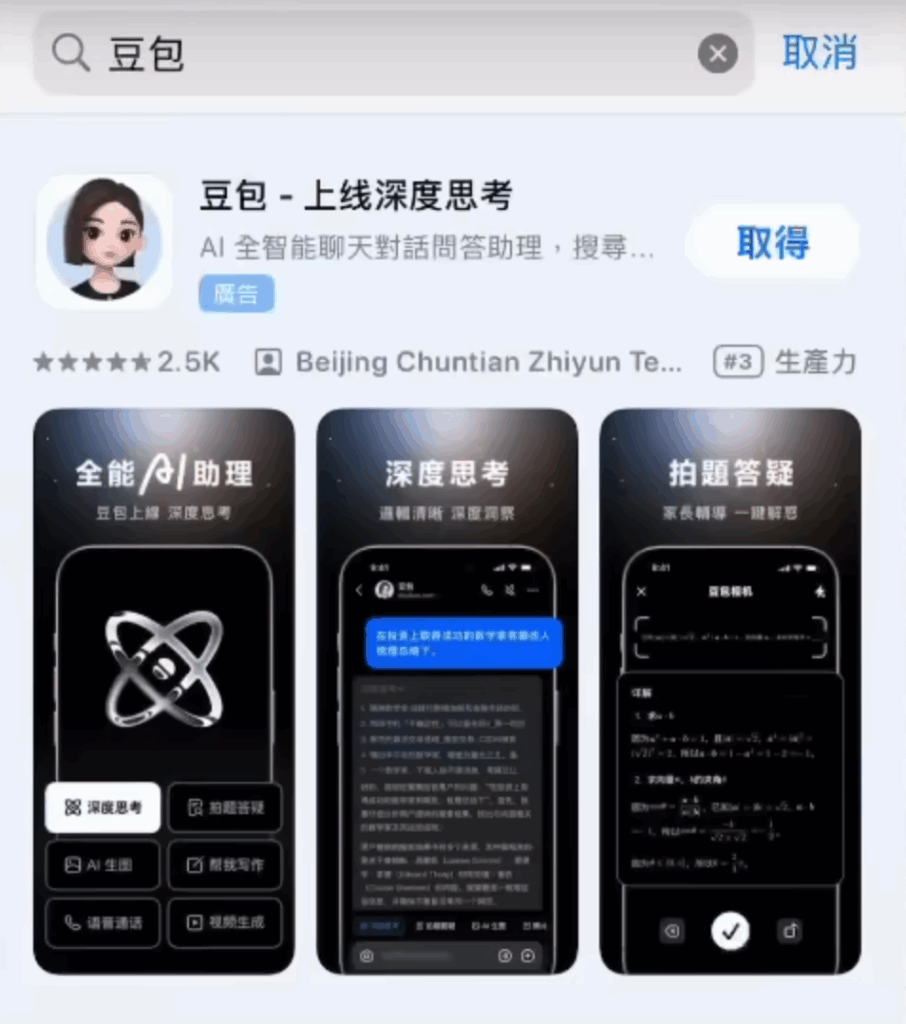
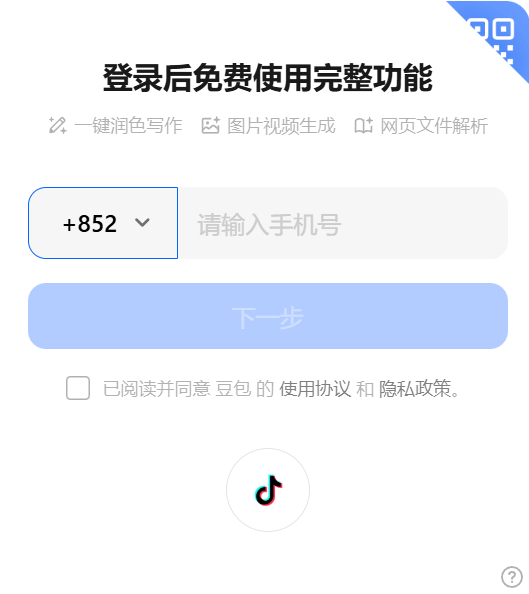
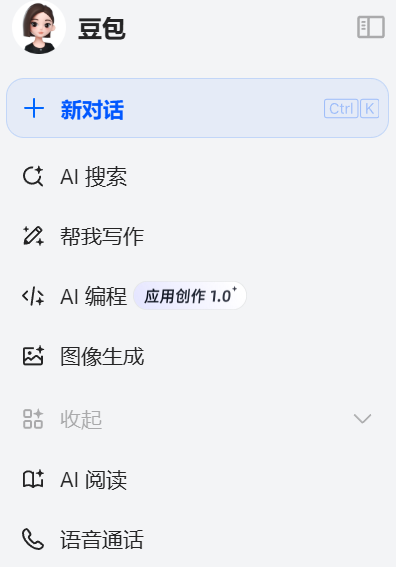
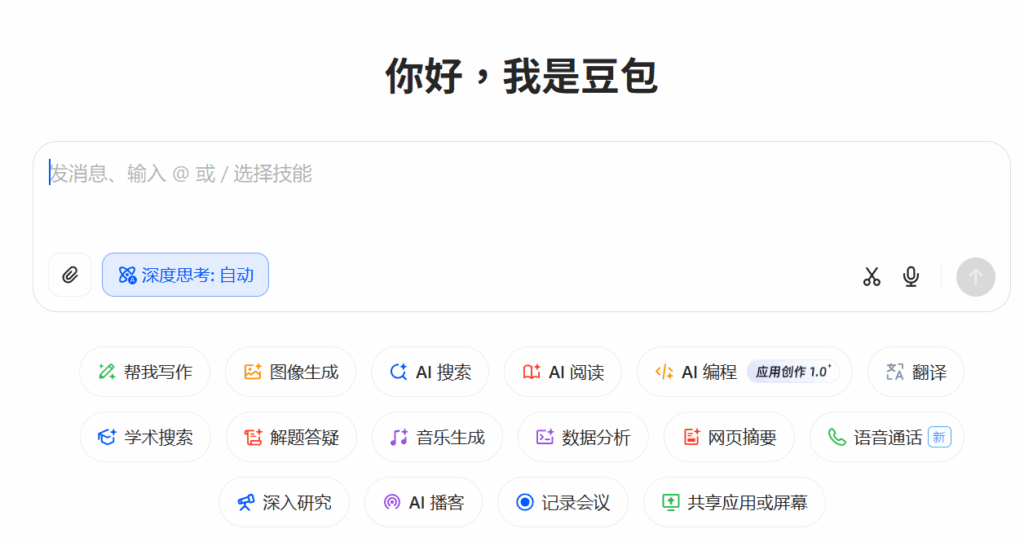
Lorem ipsum dolor sit amet, consectetur adipiscing elit. Ut elit tellus, luctus nec ullamcorper mattis, pulvinar dapibus leo.
Visit Deepseek website for full experience
Remarks
DeepSeek is an AI-powered tool designed for deep information retrieval, analysis, and content generation. It is commonly used in areas such as:
- Advanced Information Retrieval
- DeepSeek can process and analyze large datasets to extract relevant insights.
- It helps users find precise information beyond standard search engines.
- Natural Language Processing (NLP) Applications
- Used for text summarization, sentiment analysis, and question-answering systems.
- Supports various languages and can generate human-like responses.
- AI-Assisted Research and Writing
- Helps researchers analyze academic papers, generate summaries, and suggest references.
- Useful for drafting articles, reports, and creative writing.
- Code Assistance and Debugging
- Provides AI-powered code suggestions, optimizations, and bug fixes.
- Supports multiple programming languages, aiding developers in software development.
- Business and Decision-Making Support
- Analyzes market trends, customer feedback, and financial data for businesses.
- Assists in generating insights for strategic decision-making.
limitation:
- Accuracy and Hallucination Issues
- AI models can sometimes generate incorrect or misleading information.
- Requires human verification before relying on outputs.
- Limited Real-Time Data Access
- May not always provide the latest information if it’s not connected to live data sources.
- Some AI models work with pre-trained datasets, limiting real-time updates.
- Context Limitations
- Struggles with highly nuanced or ambiguous queries.
- Long conversations may lead to context loss or inconsistencies.
- Ethical and Bias Concerns
- AI models can reflect biases present in training data.
- Requires careful consideration when used in sensitive applications.
- Computational Resource Constraints
- Running deep learning models requires significant computational power.
- Latency issues may arise during complex queries or large-scale data analysis.
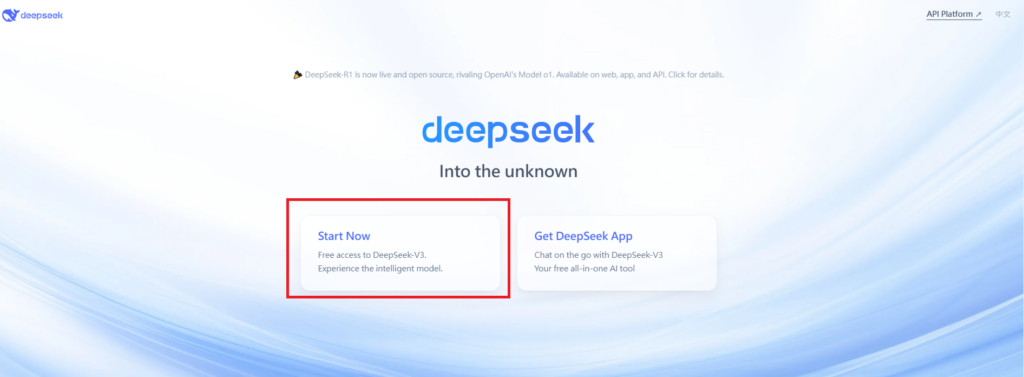
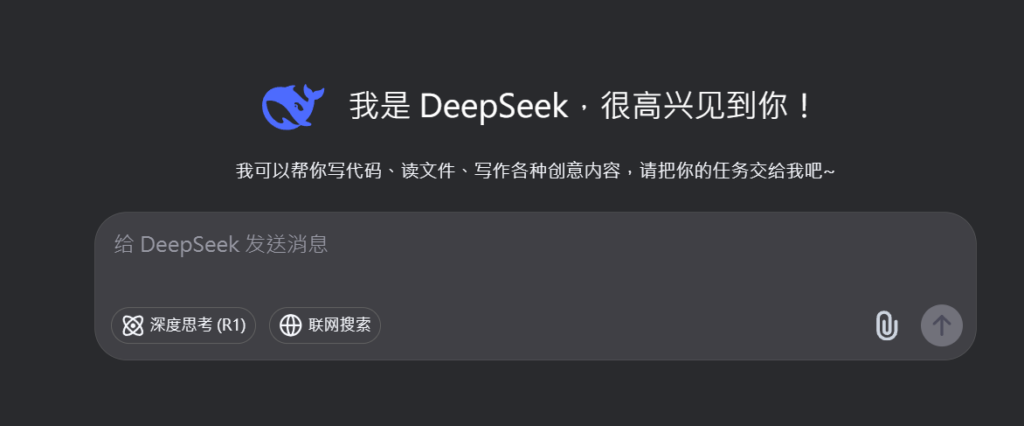

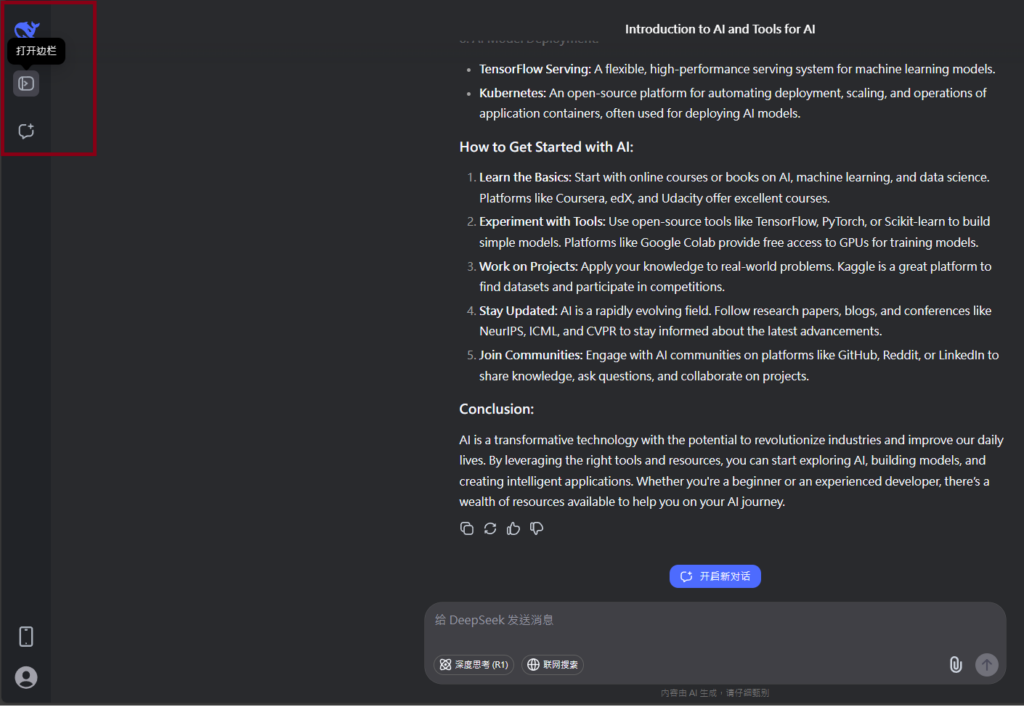
Lorem ipsum dolor sit amet, consectetur adipiscing elit. Ut elit tellus, luctus nec ullamcorper mattis, pulvinar dapibus leo.
